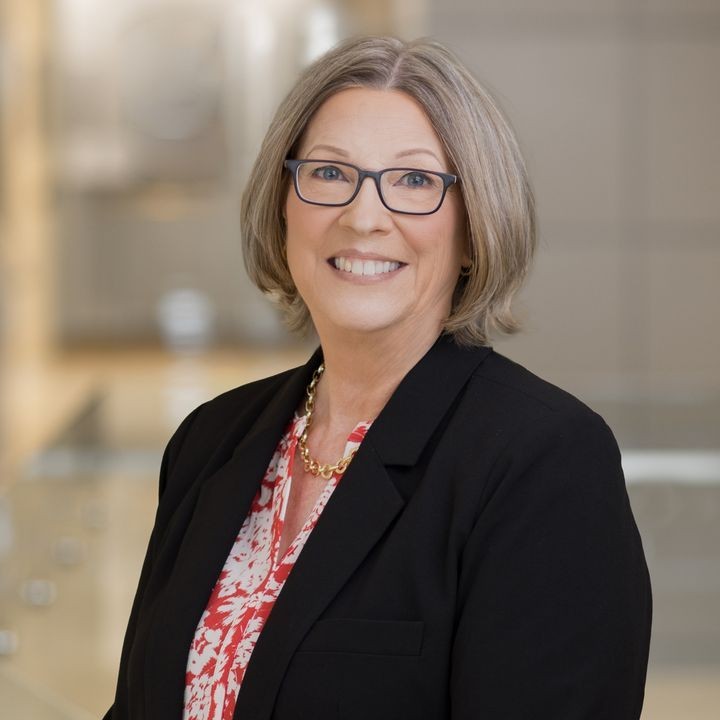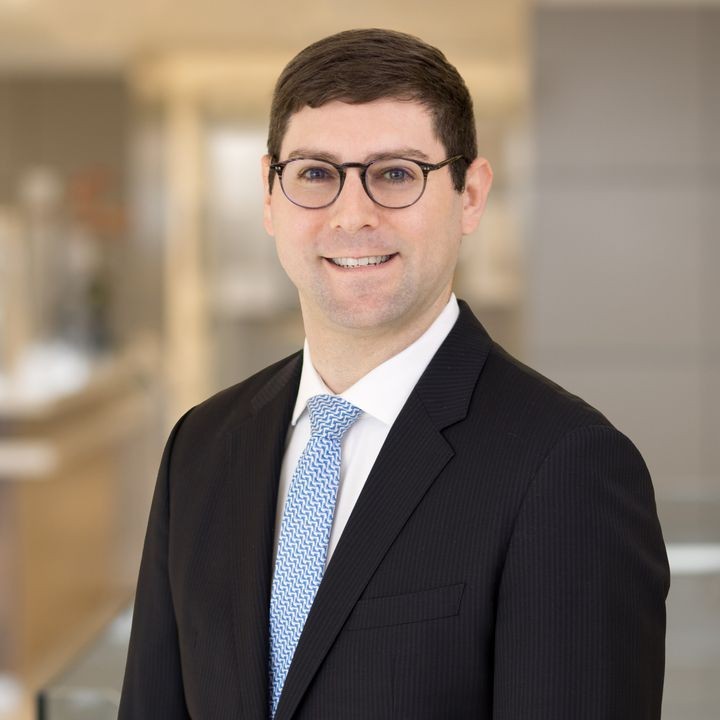Insurers’ COVID-19 Notepad: What You Need to Know Now - Week of July 25, 2022
Client Alert | 1 min read | 07.25.22
Court Dismisses COVID-19 Business Interruption Claim
On July 19, 2022, the Court of Appeals of North Carolina affirmed the dismissal of a property owner’s COVID-19 business interruption claim. The court concluded that the plaintiff’s complaint failed to state a claim for “direct physical loss” to its dwelling because it failed to allege any lost income due to damage or destruction of the property when it alleged only that roads accessing the property were closed due to the prohibition on entry into the county by non-resident visitors related to the COVID-19 pandemic. Opinion at 8-9. The court also found that there was no coverage for loss of use where there was no allegation that the county prohibited the plaintiff from using its property. Id. at 10-11. The case is Four Roses, LLC v. First Protective Ins. Co.
Contacts
Insights
Client Alert | 10 min read | 12.24.25
Since the signing of Executive Order 14187 (“Protecting Children from Chemical & Surgical Mutilation”) in late January 2025, the Trump Administration has made its skeptical stance on gender-affirming care—especially regarding services provided to minors—clear.
Client Alert | 3 min read | 12.24.25
Keeping it Real: FTC Targets Fake Reviews in First Consumer Review Rule
Client Alert | 5 min read | 12.23.25
An ITAR-ly Critical Reminder of Cybersecurity Requirements: DOJ Settles with Swiss Automation, Inc.
Client Alert | 2 min read | 12.23.25
Record-Setting False Claims Act Settlement Highlights DOJ Commitment to Customs Enforcement





